Enhancing Farming Efficiency Farming is an essential industry that plays a pivotal role in our food production system. As technology continues to advance, so too does the equipment and machinery used in agriculture. One such innovation that has gained traction in recent years is the blade plough. This powerful tool has revolutionized the way farmers approach tillage, allowing for increased efficiency and optimal crop production. The blade plough, also known as a chisel plough or deep tillage implement, is designed to break up and aerate compacted soil. Its sturdy construction, typically made from high-quality steel, allows it to endure the heavy workload that comes with deep tillage operations. The blade plough consists of several large curved blades or tines that penetrate the soil, breaking up compacted layers and tilling the land to a desired depth.

.
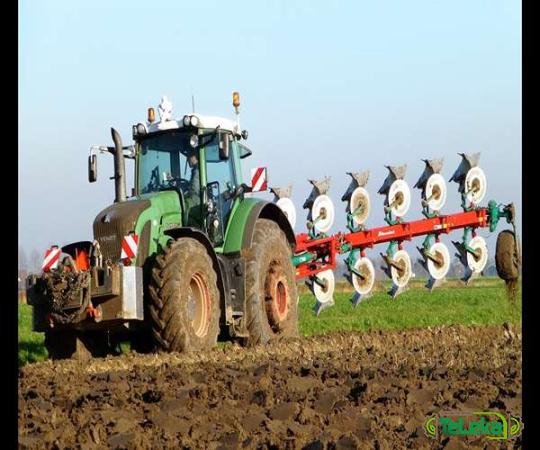 Improved Soil Structure: One of the main advantages of using a blade plough is its ability to improve soil structure. Over time, soils become compacted due to heavy machinery, livestock, and natural processes. This compaction reduces water infiltration and restricts root growth, leading to decreased yields. The blade plough effectively breaks up these compacted layers, allowing for better water drainage and root penetration. By improving soil structure, farmers can maximize the nutrient and water-holding capacity of their land, leading to healthier and more productive crops. Reduced Soil Erosion: Soil erosion is a significant concern in agriculture, as it can lead to nutrient loss and reduced fertility. The blade plough’s deep tillage capabilities help mitigate this issue by breaking up compacted soil layers and creating channels for water to flow through. By improving water infiltration, farmers can reduce surface runoff and erosion.
Improved Soil Structure: One of the main advantages of using a blade plough is its ability to improve soil structure. Over time, soils become compacted due to heavy machinery, livestock, and natural processes. This compaction reduces water infiltration and restricts root growth, leading to decreased yields. The blade plough effectively breaks up these compacted layers, allowing for better water drainage and root penetration. By improving soil structure, farmers can maximize the nutrient and water-holding capacity of their land, leading to healthier and more productive crops. Reduced Soil Erosion: Soil erosion is a significant concern in agriculture, as it can lead to nutrient loss and reduced fertility. The blade plough’s deep tillage capabilities help mitigate this issue by breaking up compacted soil layers and creating channels for water to flow through. By improving water infiltration, farmers can reduce surface runoff and erosion.
..
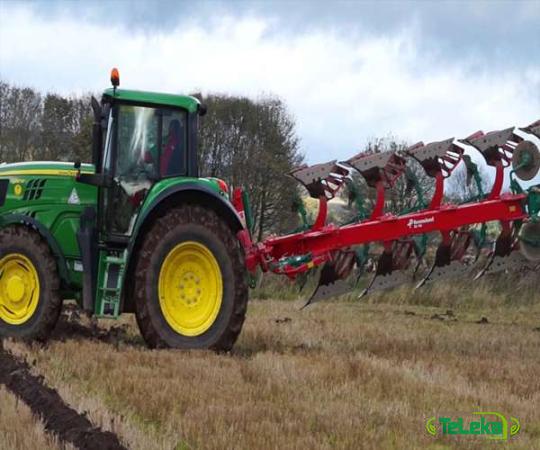 Additionally, the blade plough can be used to create contour rows or ridges, facilitating proper water management and preventing erosion on sloping fields. Weed Control: Weeds compete with crops for vital resources, such as water, nutrients, and sunlight. The blade plough aids in weed control by burying weed seeds deep within the soil, reducing their germination rates. Furthermore, the disturbance caused by the ploughing action disrupts the growth of existing weeds, making it easier for farmers to manage and control weed populations. By effectively controlling weeds, farmers can allocate more resources to their desired crops and ultimately enhance yields. Increased Nutrient Availability: Deep tillage with a blade plough promotes the release of nutrients tied up in organic matter within the soil. As the soil is tilled and undergoes aeration, microbial activity is increased, leading to the decomposition of organic matter and the release of nutrients.
Additionally, the blade plough can be used to create contour rows or ridges, facilitating proper water management and preventing erosion on sloping fields. Weed Control: Weeds compete with crops for vital resources, such as water, nutrients, and sunlight. The blade plough aids in weed control by burying weed seeds deep within the soil, reducing their germination rates. Furthermore, the disturbance caused by the ploughing action disrupts the growth of existing weeds, making it easier for farmers to manage and control weed populations. By effectively controlling weeds, farmers can allocate more resources to their desired crops and ultimately enhance yields. Increased Nutrient Availability: Deep tillage with a blade plough promotes the release of nutrients tied up in organic matter within the soil. As the soil is tilled and undergoes aeration, microbial activity is increased, leading to the decomposition of organic matter and the release of nutrients.
…
 This process enhances nutrient availability for plants, resulting in healthier and more vigorous growth. Conclusion: The blade plough has become an indispensable tool in modern farming. Its ability to improve soil structure, reduce erosion, control weeds, and increase nutrient availability makes it a valuable asset for farmers worldwide. With the growing demand for food production, efficiency in agriculture is paramount. The blade plough optimizes land preparation, ensuring maximum crop yields while preserving soil health for future generations.
This process enhances nutrient availability for plants, resulting in healthier and more vigorous growth. Conclusion: The blade plough has become an indispensable tool in modern farming. Its ability to improve soil structure, reduce erosion, control weeds, and increase nutrient availability makes it a valuable asset for farmers worldwide. With the growing demand for food production, efficiency in agriculture is paramount. The blade plough optimizes land preparation, ensuring maximum crop yields while preserving soil health for future generations.

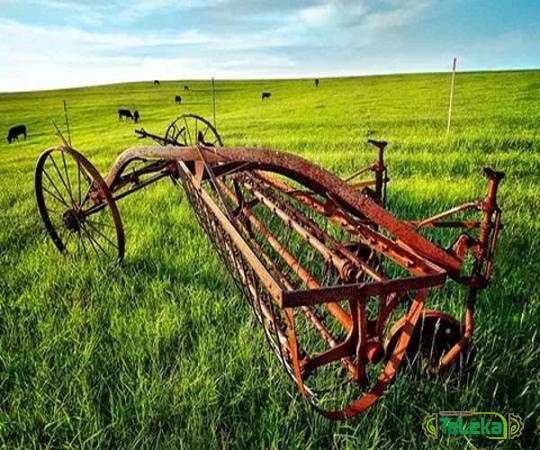

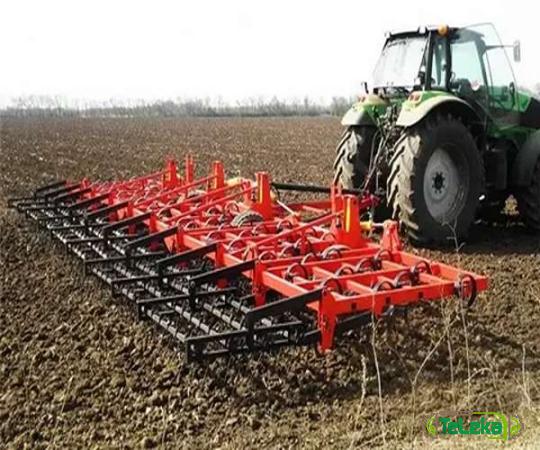





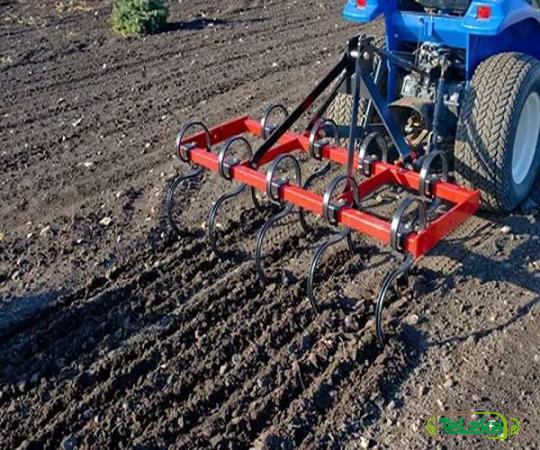
Your comment submitted.